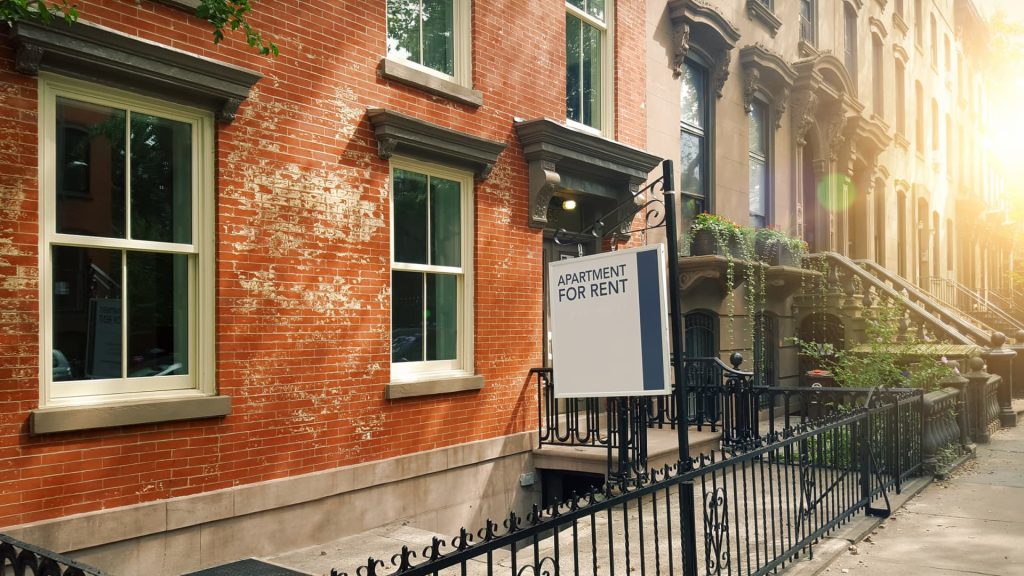Busà Photography | Moment | Getty Images
Capital gains ‘exclusion’ for your home
That tax surprise stems from a special tax break, known as the “Section 121 exclusion,” that shields part of your primary home sales profits from capital gains taxes. The limits are up to $250,000 for single filers and $500,000 for married couples filing jointly.
To qualify for the exclusion, you must meet the IRS ownership and use tests, which require that you owned the home and used it as your primary residence for 24 months of the past five years, with some exceptions. The 24 months of residency, however, don’t have to be consecutive.
You’re generally eligible if you didn’t claim the exclusion for another property within two years before the sale.
Any home sale profit above those thresholds could be subject to 0%, 15% or 20% capital gains taxes, depending on your taxable income. You also could owe net investment income tax of 3.8%, depending on your other investment earnings.
You can reduce your profit by increasing your “basis,” or the home’s original purchase price, by tacking on so-called capital improvements and other expenses.
Landlords may only get ‘a portion of the exclusion’
However, “if you’re renting the home, you’re only going to get a portion of the exclusion,” said Mark Baran, managing director at financial services firm CBIZ’s national tax office.
For example, if you make $250,000 profit selling your home but rented out the property for three out of the past five years, you would only receive two-fifths of the $250,000 exclusion, or $100,000.
That leaves $150,000 of profit that could be subject to capital gains taxes before any adjustments to the home’s basis.
Alternatively, you could still be eligible for the full $250,000 exclusion if you met the ownership and use tests but didn’t rent out the property, Baran said.

